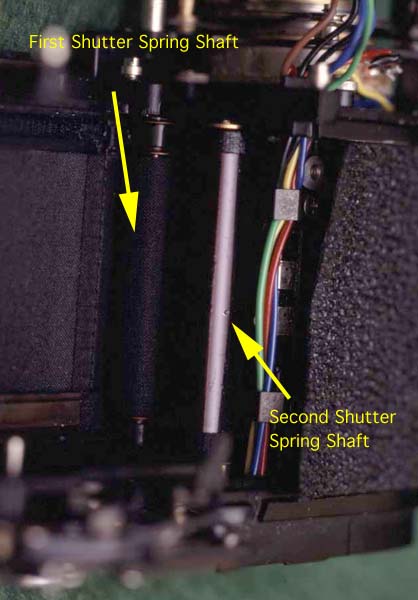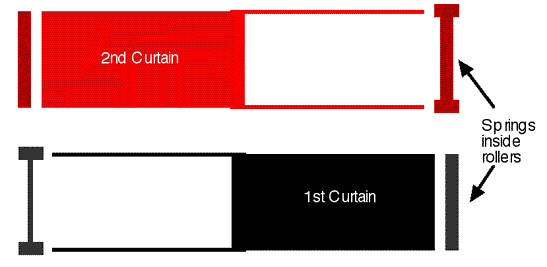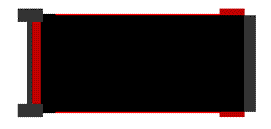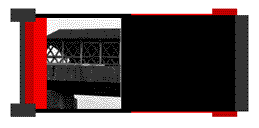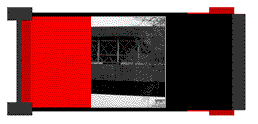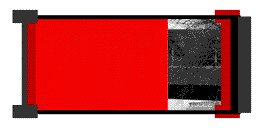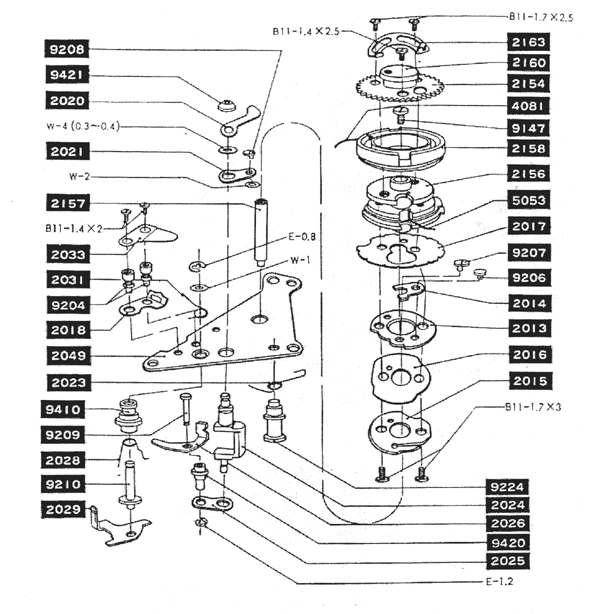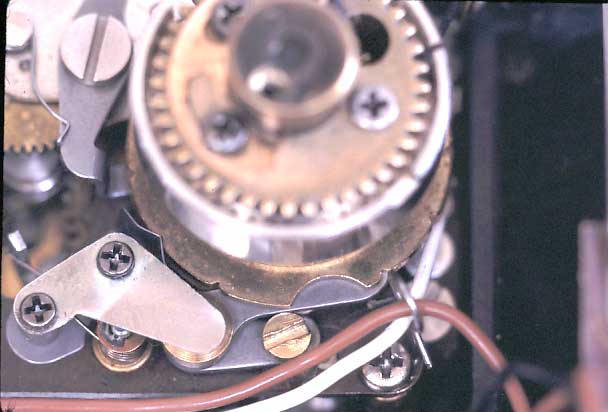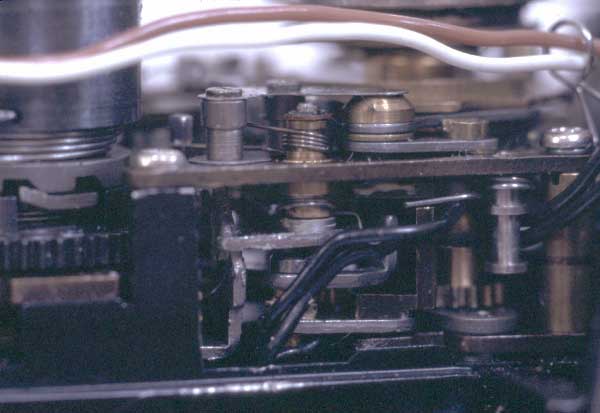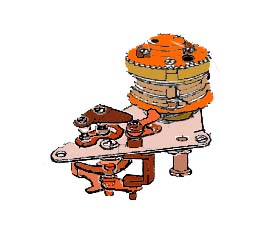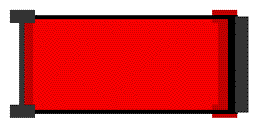
- A cam on a gear connected to the second shutter spring shaft hits
a lever that allows the mirror and the F-stop diaphram to return to the ready
position. This occurs just before the second curtain completes it's
run.
- Finally both shutters have come to rest, completing the exposure.
When cocking the shutter, both curtains move in concert.
Thus there is no gap between them, that might allow light to expose
the film.
